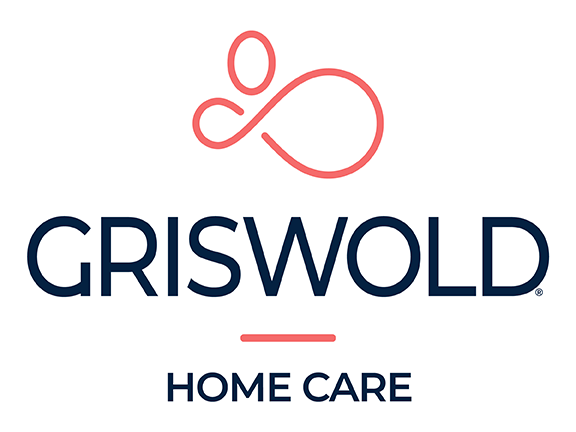By Diane Walker, RN, MS, CSA
You walk out of the doctor’s office with yet another scribbled prescription. As you get older, it can seem like your doctor tacks on more and more medications every time you visit. They’re necessary for your health, of course, but the costs of your medications can really add up.
Many older adults on fixed incomes struggle to pay for their medications each month. Often, their reaction is to shrug off the expense as a part of the aging process, and tighten their spending in other areas. But why are these medications so expensive, and is there a way to pay less?
In recent years, generic drugs have become controversial. Some researchers have reason to believe that some generics may not work as well as the name-brand drugs they’re intended to emulate. However, many people have success with generics, and for them, generics are a great way to get prescription medications at a much more affordable price.
Generic drugs may not be as inexpensive as they could be, however. It has come to light that some pharmaceutical companies are paying competitors to keep certain generic drugs off the market, essentially forcing seniors to pay for the much-pricier brand-name versions. Recently, the Supreme Court ruled to allow the Federal Trade Commission to sue these companies for potential antitrust violations.
T he ruling means that the FTC now has the power to stop pharmaceutical companies from using this practice, which is called “pay-for-delay,” or “reverse payments.” FTC chairwoman Edith Ramirez stated to the New York Times that this practice costs Americans $3.5 billion a year in higher drug prices.
he ruling means that the FTC now has the power to stop pharmaceutical companies from using this practice, which is called “pay-for-delay,” or “reverse payments.” FTC chairwoman Edith Ramirez stated to the New York Times that this practice costs Americans $3.5 billion a year in higher drug prices.
The new ruling is a good step in the right direction, but of course, it doesn’t mean that any companies have actually been forced to stop this practice yet. And meanwhile, prescription drug prices are on the rise. After a drop in price during the recession, the last four years have seen the costs of medications climb again. The best-selling prescription drug Nexium (for treating heartburn), climbed 7.8 percent in the first part of 2012, to an average sky-high prescription cost of $262, according to USA Today.
So what are older adults struggling to pay for expensive drugs to do? Well, for starters, do some aggressive price shopping at locations your drug plan approves. Price can vary widely from one retailer to another. Consumer Reports recently compared prices on five popular drugs at pharmacies across the country. Overall, Consumer Reports found that Costco consistently offered the least expensive prices on its drugs. For generic Lipitor, for example, CVS charged $150 and Costco $17. And Costco does not require a membership for using their pharmacy services.
The high cost of prescription drugs has left many older adult struggling to fit their medications into their budget. New rulings may help bring those costs down in the future, and until then, price shopping can help older adults save on their medications. Another option is to see if you are eligible for prescription assistance programs. Have you experienced the rising costs of prescriptions? Do you have any tips and tricks to share for saving money on them?’
Tags: prescriptions, generic, drug costs
